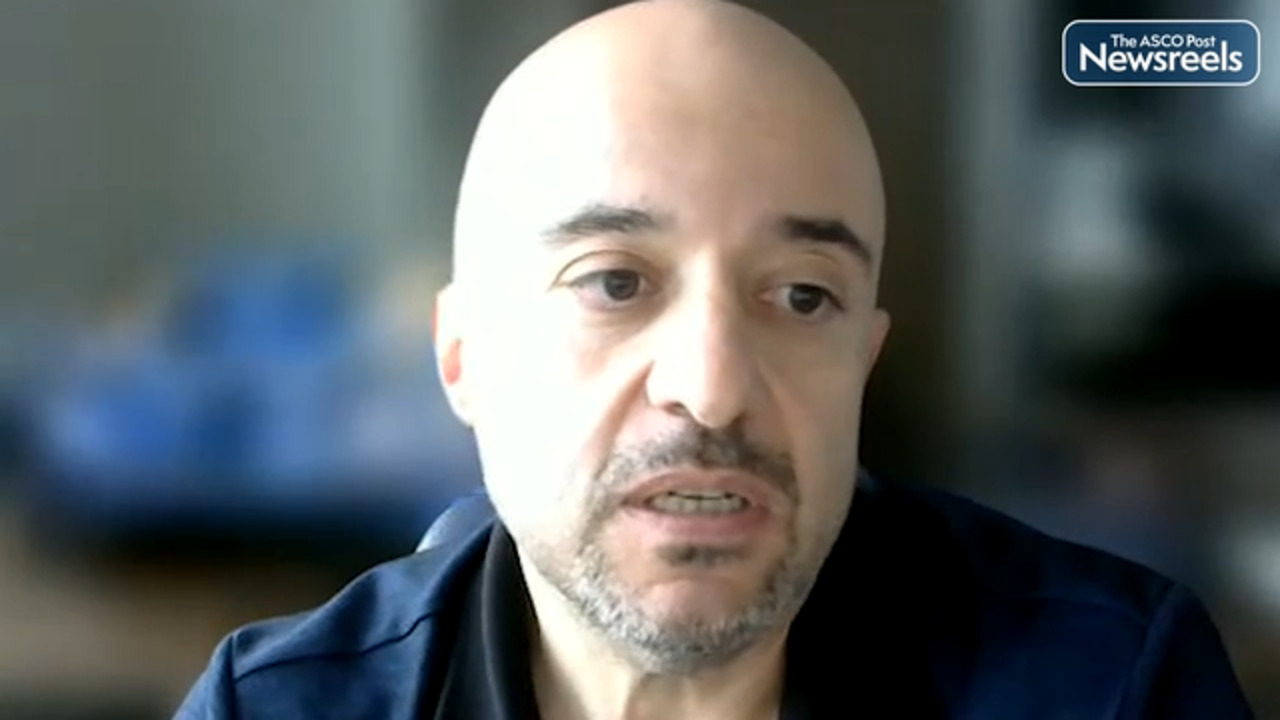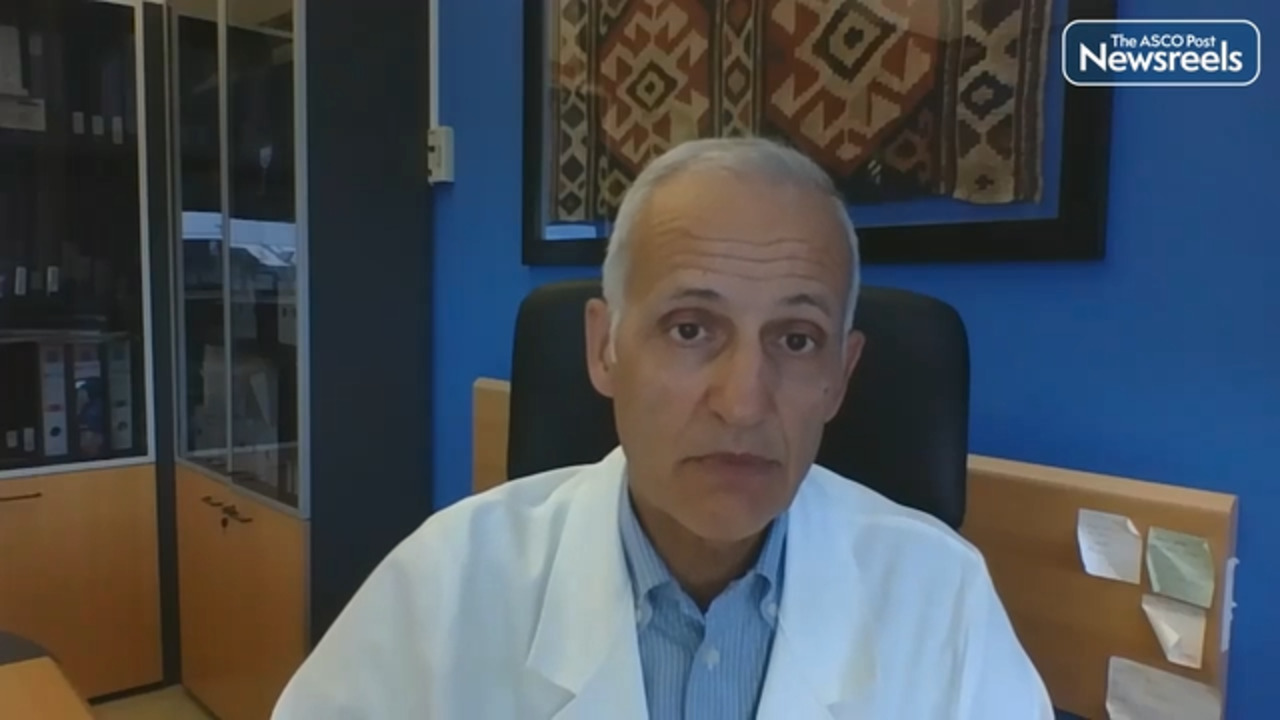Image-Only AI Model Outperforms Breast Density Assessment for 5-Year Breast Cancer Risk Stratification

An image-only artificial intelligence (AI) model demonstrated stronger and more precise risk stratification than breast density assessment for predicting 5-year risk for developing breast cancer, according to findings from a study presented at the 2025 Annual Meeting of the Radiological Society of North America (RSNA) (Abstract S5-SSBR02-1). The model, Clairity Breast, is the first U.S. Food and Drug Administration–authorized image-only AI breast cancer risk model.
Is Chronic Hepatitis C Infection Associated With Pancreatic Cancer?

A retrospective, national, population-based cohort study of 6.3 million veterans, which was published in JAMA Network Open, found that individuals with chronic hepatitis C virus developed pancreatic ductal adenocarcinoma at younger ages and had a higher risk compared with those without the infection. According to Levinson et al, risk also varied by virus genotype.
Addition of Neoadjuvant LuPSMA PNT2002 to SBRT in Oligorecurrent Prostate Cancer

In a single-center phase II trial (LUNAR) reported in the Journal of Clinical Oncology, Kishan et al found that the addition of neoadjuvant prostate-specific membrane antigen (PSMA)-targeting radioligand therapy with lutetium-177–labeled PNT2002 (LuPSMA PNT2002) to stereotactic body radiotherapy (SBRT) improved progression-free survival in patients with hormone-sensitive oligorecurrent prostate cancer.
Survey Finds Global Embrace of Integrative Cancer Care

Around the world, doctors, nurses, and pharmacists are turning to evidence-based integrative approaches such as acupuncture, yoga, exercise, massage, and nutrition counseling to help people with cancer manage the harsh side effects of treatment, according to the results of a recent survey.
Lung Cancer Screening Criteria: NELSON vs PLCOm2012

In a German study (HANSE) reported in The Lancet Oncology, Vogel-Claussen et al found that the PLCOm2012 low-dose computed tomography (CT) lung cancer screening eligibility criteria were more effective than the NELSON criteria in the detection of lung cancer.
Sponsored Content

SPONSORED BY LILLY MEDICAL AFFAIRS
Clinical Impact of Comprehensive Genomic Profiling in Early-Stage Non–Small Cell Lung Cancer
SPONSORED BY JOHNSON & JOHNSON
Evolving Treatment Landscape in First-Line EGFR-Mutant NSCLC: New Insights Into Combination TherapiesMore Top Stories
External Validation Confirms Ability of AI Model to Stratify Recurrence Risk in Early-Stage Lung Cancer
A machine learning–based survival model, incorporating preoperative CT images and routinely available clinical data, outperformed standard clinical staging systems in predicting recurrence after surgery in patients with lung cancer, especially in stage I, and showed correlations with established...
FDA Approves CAR T-Cell Therapy for Relapsed/Refractory Marginal Zone Lymphoma
On December 4, 2025, the U.S. Food and Drug Administration (FDA) approved the CD19-directed chimeric antigen receptor (CAR) T-cell therapy lisocabtagene maraleucel (Breyanzi) for the treatment of adult patients with relapsed or refractory marginal zone lymphoma who have received at least two prior...
Reducing the Barriers to Receiving CAR T-Cell Therapy for Patients With Hematologic Malignancies
Chimeric antigen receptor (CAR) T-cell therapy has transformed treatment for patients with hematologic malignancies, achieving unprecedented responses in some patients, especially those diagnosed with relapsed/refractory B-cell acute lymphocytic leukemia, non-Hodgkin lymphoma, and multiple...
No Overall Survival Benefit for Lenvatinib in LEAP-014 Trial of Esophageal Cancer
For the first-line treatment of metastatic esophageal squamous cell carcinoma, the addition of lenvatinib to pembrolizumab and chemotherapy failed to improve overall survival over pembrolizumab plus chemotherapy in the phase III LEAP-014 trial, as reported at the European Society for Medical...
AACR Pediatric Cancer Progress Report Highlights Advances Made, Long-Term Survivorship Challenges, and Persistent Disparities in Care
Although treatment advances in pediatric cancers have resulted in increases in overall 5-year survival for children and adolescents diagnosed with cancer, many pediatric survivors face chronic health conditions as they age, as well as financial, social, and psychological challenges, according to...
Geriatric Assessment–Guided Approach to Treatment Intensity in Older Adults With Acute Myeloid Leukemia
“Pretreatment geriatric assessment in older adults with acute myeloid leukemia is feasible, can identify several functional impairments, and [can] guide the selection of treatment intensity,” resulting in low rates of early mortality, according to Vijaya R. Bhatt, MBBS, MS, of the University of...
Camrelizumab Plus Rivoceranib vs Sorafenib for the First-Line Treatment of Unresectable Hepatocellular Carcinoma
As reported in The Lancet Oncology by Qin et al, the final analysis of the phase III CARES-310 trial has shown superior overall survival with camrelizumab plus rivoceranib vs sorafenib in first-line treatment of patients with unresectable hepatocellular carcinoma. Initial reports from the study...








